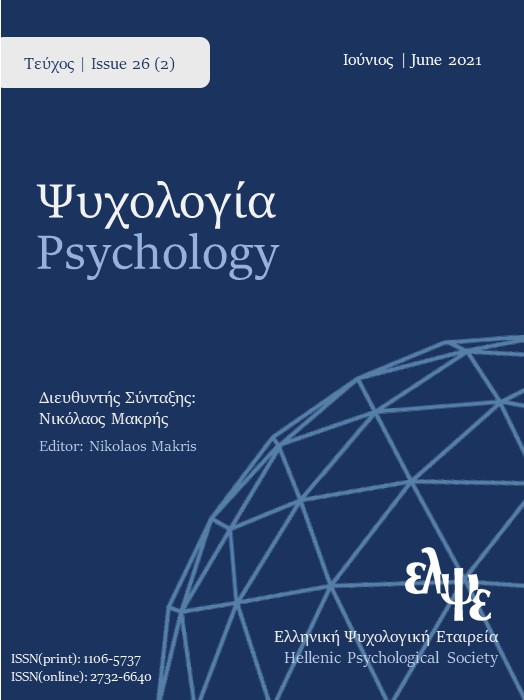Therapeutic relationship: dynamic interactions and the role of gender

Abstract
The article emphasizes, first of all, the importance of various aspects of the psychotherapeutic relationship -such as the therapeutic alliance, the cooperation, the empathy, the goal agreement-, which have been proven to influence the therapeutic outcome and are consistently linked with the mental health improvement of the patient, regardless of the different theoretical conditions and principles of the psychotherapeutic approaches. On the other hand, it is recognized that identifying the quality characteristics that contribute to and influence the psychotherapeutic relationship and process is a difficult task, as it depends on the therapeutic boundaries of this relationship, the characteristics of the therapist, but also on factors related with the patient, such as his/her attitudes, expectations, motivations and commitment to a process of change. One element that seems to characterize the identity of each member individually, but also the dynamic processes of interaction between the therapeutic dyad, is gender. For this reason, the article underlines the importance of gender in shaping the communication and cooperation between therapists and patients, while stating also that awareness of the gender dynamics, in combination with other identity characteristics, is a prerequisite for an effective and ethical practice.
Article Details
- How to Cite
-
Athanasiades, C. (2021). Therapeutic relationship: dynamic interactions and the role of gender. Psychology: The Journal of the Hellenic Psychological Society, 26(2), 149–155. https://doi.org/10.12681/psy_hps.26863
- Section
- SPECIAL SECTION

This work is licensed under a Creative Commons Attribution-ShareAlike 4.0 International License.
The journal PSYCHOLOGY adopts a Platinum open-access policy. Submission, processing or publication costs are waived by the Hellenic Psychological Society. Papers published in the journal PSYCHOLOGY are licensed under a 'Creative Commons Attribution-ShareAlike 4.0 International' licence. The authors reserve the copyright of their work and grant the journal the right of its first publication. Third-party licensees are allowed to use the published paper immediately after publication as they wish, provided they retain the defined by the license copyright formalities, regarding the reference to its author(s) and its initial publication in the journal PSYCHOLOGY. Moreover, any adjusted work should be shared under the same reuse rights, so with the same CC license.






